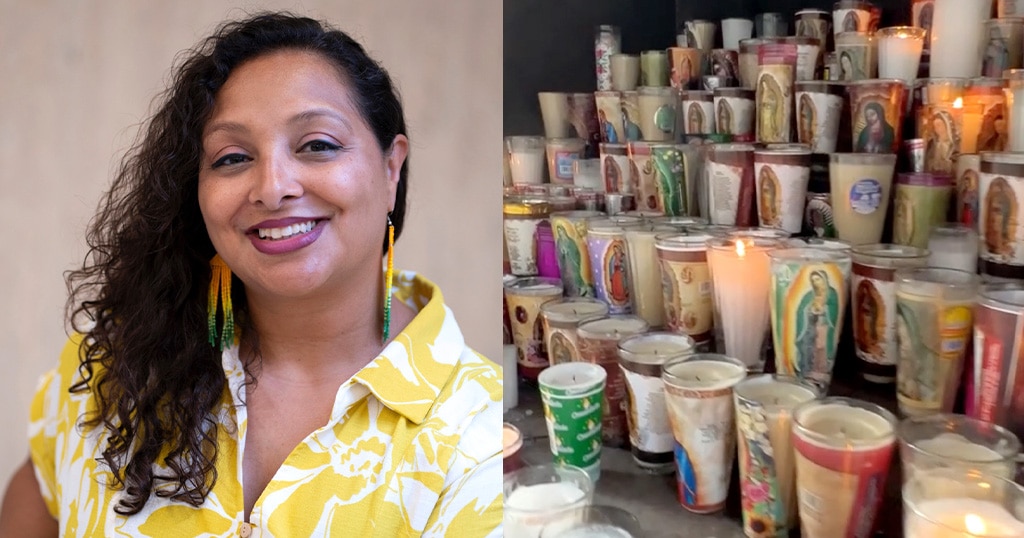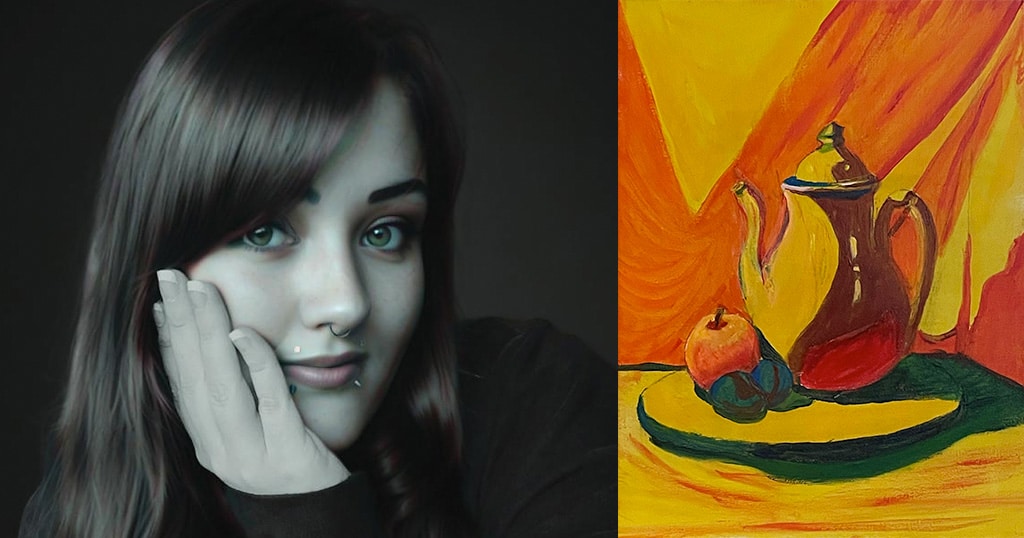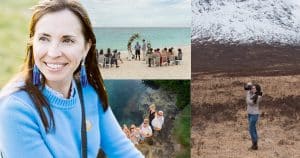Extra Curricular: Tips for Shooting Underwater Images
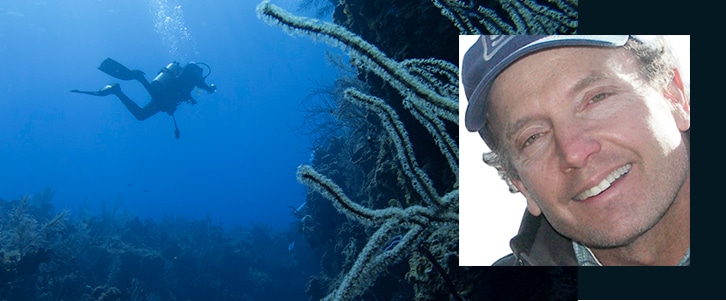
Q: As a photographer and scientist, what attracted you to visiting the Cayman Islands?
There are three Cayman Islands, Grand Cayman, Cayman Brac, and Little Cayman. On this trip my primary goal and destination was a week of diving Cayman Brac and Little Cayman. These are small limestone capped volcanic islands with no substantial stream channel related freshwater or sediment input that exists near the edge of the Caribbean tectonic plate above the lesser Antilles subduction zone, along whose edges you’ll find some of the deepest water in the Atlantic Ocean, exceeding 8000 meters in depth.
This combination of sediment free and tectonic plate edge location makes for some of the clearest scuba diving anywhere. Jacques Cousteau once commented that diving Little Cayman and Cayman Brac offered some of the most beautiful diving on the planet because of this clarity.
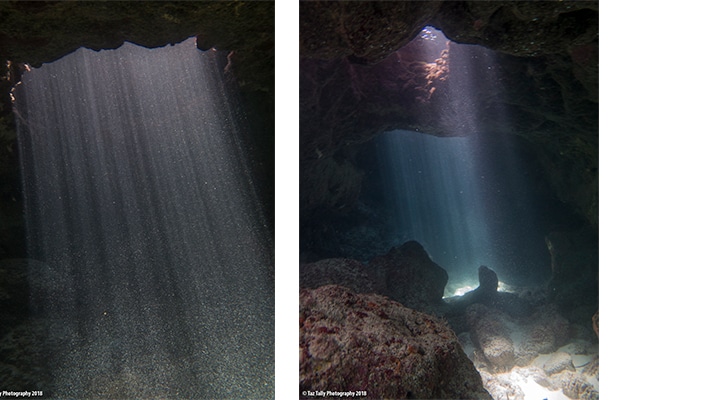
Little Cayman and Cayman Brac are famous for their great walls that drop off to thousands of feet of deep blue water. It’s quite stunning to be swimming these walls and be gazing off into over 20,000 feet of water. The two photographs you see above with the divers along the vertical wall are examples of what we are able to see, experience and enjoy on these great walls.
Q: When did you begin doing underwater photography? What’s the most fun about it?
Don’t you know it’s impolite to have someone their age 😉
Honestly, I can’t exactly remember when I started underwater photography, but I think it was back in the 1960s. However I remember very clearly my first underwater, it was the first version of the Nikon Nikonos, which was the first, and most revolutionary, underwater camera affordably and readily available for noncommercial use.
It was of course a film camera, way back then in the Archean time of analog photography. As a landscape photographer I enjoy capturing underwater landscapes just like I do terrigenous landscapes. Be part of the fund also involves capturing the myriad of lifeforms that are readily available to quiet the patient divers including thousands of species of fish, coral, sponges and sea worms. The underwater world is very different from our subarea world, and therefore constantly fascinating.
Q: What kind of underwater photography equipment do you need to take effective photographs?
The good news is that numerous camera factors make reasonably priced housings for their standard digital cameras. The small dimensions of many good-quality digital cameras makes creating affordable underwater camera housings quite affordable to manufacture. Canon makes underwater housings for several of their digital camera lines that cost between $200 and $300.
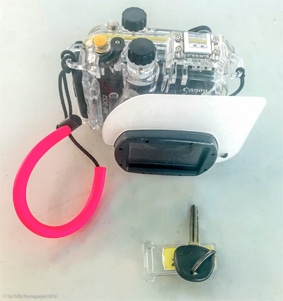
These camera housings typically have snap-on diffusion filters that allow camera users to make good use of their built-in flashes while avoiding two-hot spots. You can, of course, spend thousands of dollars on custom housings for larger cameras, but as is normal in photography, the most important part of the photograph is your composition your lighting and your patience. All the photographs you see here were shot with a very affordable, G16 Canon (~ $650 new) housed inside of a standard Canon underwater housing (~ $250 new). Note the G16 in its standard housing are no longer in production, but similar newer models exist. (See photo provided.)
Q: What are the challenges in photographing underwater? What are you underwater photography tips to overcome them?
There are several challenges that are specific to underwater photography, the most obvious of which is the dramatically different color balance/white balance that exists. Hydrogen bonds between water molecules are very efficient at absorbing longer wavelengths (reds and and oranges) of light, which is why most underwater pictures have distinctive blue, blue green, and even purple color casts.
Shooting in shower water makes compensating for these color casts less difficult. And in some cases, the dark cool colors, such as with the wall shots seen here, are part of the ambience that you want to capture. When I’m editing these images, I sometimes remove some of the coolness. but not all, and in other cases I leave the color balance as is.
Another challenge is focusing at great distances. Due to the density of water and in many cases the presence of significant detritus, long-distance visibility and therefore focusing is difficult. You’ll notice that in some of these came in wall shots I’ve been able to focus on and capture fellow divers over 100 feet away. This is unusual. Another interesting challenge is the movement of the medium in which your swimming.
Competent divers learn to control their buoyancy, which really helps with maintaining a steady hand when shooting underwater, but even still, the medium is always moving. Seasoned underwater photographers often use what’s known as the one-touch technique in which you use a single finger, or better yet a metal probe (which doesn’t have any of the skin oils that can damage coral), to help you stabilize like a monopod when shooting.
Q: Which picture is your favorite from this trip, and why?
Okay, this is another unfair question! As is often the case my favorite photo changes depend upon when I’m viewing my images, but in this case I think fairly consistently I returned to and enjoy viewing the long-distance view of some of my fellow divers along the Little Cayman Great Wall, with the blue Vase sponge in the right foreground. For me this image captures the look and feel of the Great Wall and brings back vivid memories of diving it!|
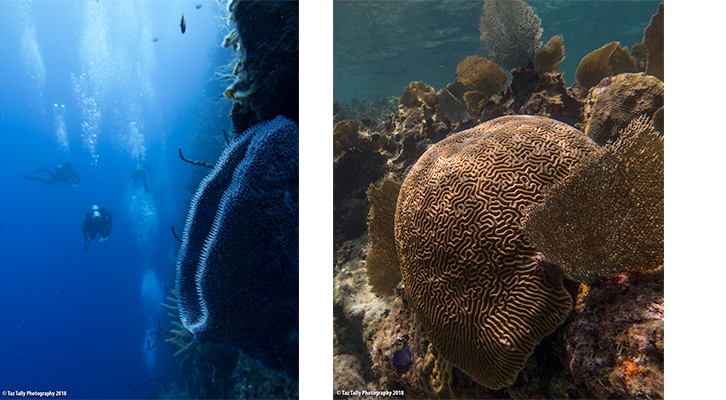
Dr. Taz Tally is a Sessions College instructor and the president of Taz Tally Seminars and Taz Tally Photography. He has authored numerous books on printing, Photoshop, and the outdoors. His latest title called Backroads & Byways of Alaska was published in April 2018. Click here to find out more about Sessions College instructor Taz Tally. To find out more about studying photography at Sessions College, visit our online photography degree or photography certificate programs.
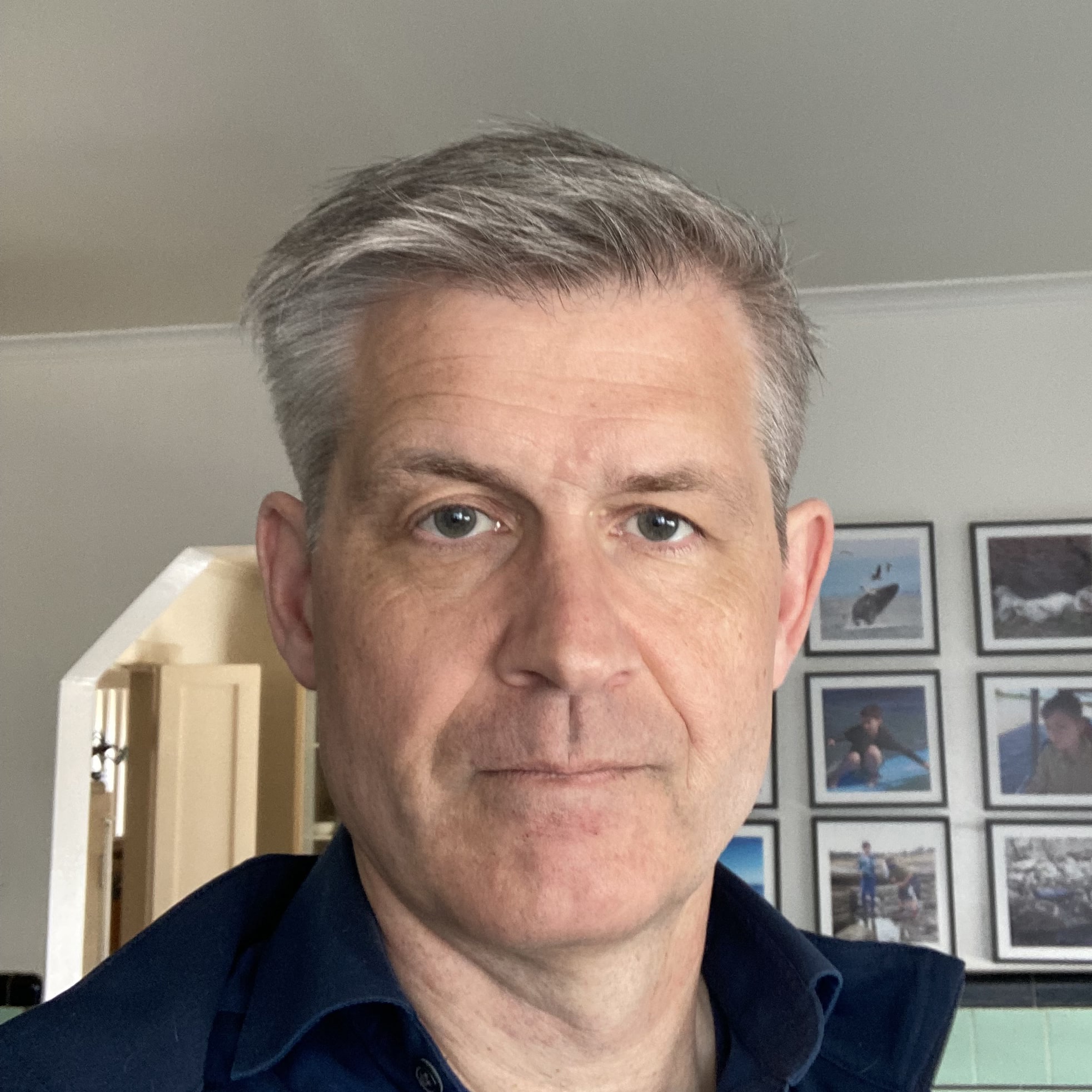
Gordon Drummond is the President of a Sessions College. He's passionate about education, technology, and the arts, and likes to surround himself with talented people. Read more articles by Gordon.
RECENTLY ON CAMPUS























